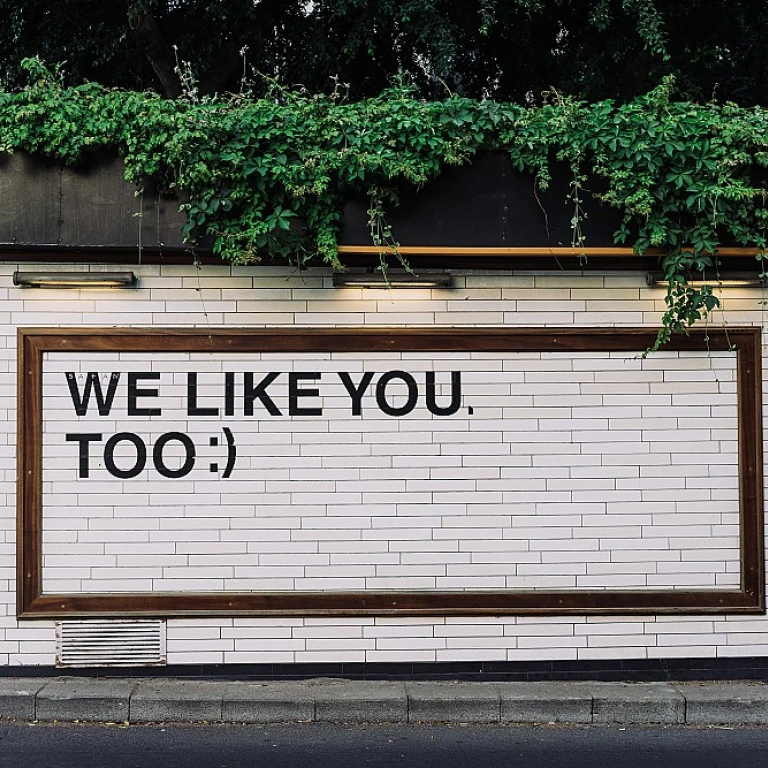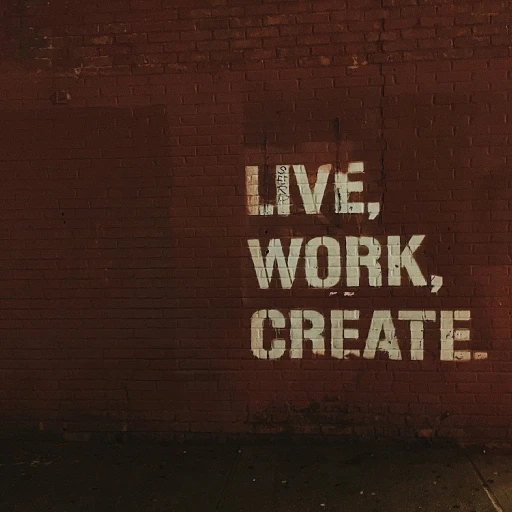Understanding the Importance of Proper Lighting
Significance of Well-Planned Lighting in Office Environments
Proper lighting in office cubicles and workspaces is far more critical than a simple decor choice or aesthetic preference. The type of lighting used in an office impacts employee productivity, mood, and overall workplace efficiency. Research shows that well-lit environments can improve concentration and reduce errors, ultimately boosting productivity. In office cubicles, where employees spend a large portion of their day, the quality of light can influence how staff perform their tasks and interact with their workspace. Factors such as the color temperature of LED lights, the placement of table lamps, and the effectiveness of ambient lighting all contribute to creating a supportive work environment. Understanding the impact of light on productivity can lead to healthier, happier, and more efficient employees, making it a fundamental consideration in office design and management. Sound lighting solutions not only enhance the functional aspects but can also integrate with modern office decor, offering a harmonious balance between form and function in the workspace. More insights on creating efficient office environments can be found here.Common Lighting Challenges in New Zealand Offices
Identifying Common Office Lighting Challenges
In New Zealand offices, achieving optimal workspace lighting can be particularly challenging. Many office managers often face issues that can hinder productivity and employee satisfaction. Addressing these concerns can pave the way for a more efficient and pleasant work environment.
One major challenge is the over-reliance on generic overhead lights. While these lights are cost-effective, they often create an environment that can feel sterile and uninspiring. Such lighting tends to wash out natural light, affecting the mood and productivity of employees. A solution could include using lighting solutions such as task lighting, which allows employees to adjust the light's intensity and color temperature at their desks.
Another common issue is the mix of natural and artificial light. Offices with large windows may suffer from glare or an uneven distribution of light across the workspace. Using a combination of light bars, LED lamps, and strategically placed desk lamps can help balance this mix. Moreover, incorporating decor elements into cubicle lighting and office cubicle arrangements can soften the harshness of modern lighting.
Consider the decor within the cubicle as well, as it can significantly impact how light interacts with the space. Employing LEDs with adjustable color options in lamplights can enhance the ambiance, allowing for customization based on time of day or activity. This customization can transform a sterile office environment into a more pleasant and stimulating workspace.
Finally, supply chain disruptions and the varying cost of office furniture and lighting items shipped are additional hurdles. Identifying cost-effective products available in local markets and utilizing local delivery options can mitigate delays and unforeseen expenses. Keeping tabs on these trends and managing them effectively are crucial for office managers looking to foster a productive office setup.
For more insights on navigating office lighting and workspace challenges, consider checking out the guide on securing and monitoring office access after hours.
Innovative Lighting Solutions for Office Cubicles
Innovative Lighting Options for Enhanced Workspaces
Creating a workspace that caters to productivity often requires innovative lighting solutions. In many office cubicles, natural light is scarce, making it essential to invest in the right lighting products that can simulate the color temperature of daylight. One excellent choice for cubicle lighting is LED desk lamps, which offer modern design and energy efficiency. These lamps provide ample task lighting, reducing eye strain and boosting focus when working on detailed tasks in your office cubicle. In addition, a strategically placed light bar can serve as both functional task lighting and appealing cubicle decor. It contributes to ambient lighting, which helps counteract the harshness often associated with overhead fluorescent lights. Blocking overhead light with table lamps can create a more focused workspace, ensuring comfort and efficiency. When considering office lighting, it is crucial to weigh both aesthetics and functionality. Choosing desk lamps with adjustable brightness and color temperature options can give employees more control over their personal workspace environment. Floor lamps can provide flexibility in positioning, directing light exactly where it's needed. Office managers should explore lighting solutions that align with their design goals, budget, and the needs of their staff. The competitive price and ease of installation make modern office lighting products accessible to businesses of all sizes. As items shipped are typically delivered swiftly, integrating different lighting strategies can quickly lead to noticeable improvements in workplace decor and productivity. For a comprehensive approach to optimizing your office, consider balancing lighting adjustments with other strategic choices around decor and furniture. Delve into more insights on effective office management here. This can further enhance the workspace beyond lighting, contributing to an environment that's conducive to productivity and employee satisfaction.Balancing Natural and Artificial Light
Finding the Right Balance of Light in Your Workspace
Balancing natural and artificial light within office cubicles plays a crucial role in promoting productivity and maintaining well-being. As office managers, it's essential to consider both the advantages and limitations of various lighting sources to create a functional workspace atmosphere.
Natural light is a valuable asset in any office setting. It not only boosts energy levels but also enhances mood. Positioning office furniture to take advantage of available windows is a simple yet effective strategy. If sunlight is limited or blocked by structural elements, incorporating lighting solutions can fill the gap. Choosing the right light options, such as LED lamp products with adjustable color temperature, can complement natural daylight, offering a harmonious visual environment.
On the other hand, artificial light should not be overlooked. Leveraging modern LED desk lamps, table lamps, or even a floor lamp can add essential ambient cubicle lighting. These lights are cost-effective and typically more energy-efficient. Some even opt for trendy lighting decor like block overhead lights or stylish light bars, which contribute both functionally and aesthetically to the cubicle decor.
To avoid the one-size-fits-all approach, consider offering light options tailored to individual preferences and work tasks. Encourage staff to personalize their workspace with portable desk lamp choices or task lighting that align with their personal needs.
Employee Involvement in Lighting Decisions
Engaging Your Team in Lighting Choices
Incorporating employee input in lighting decisions can substantially improve the overall office environment, leading to enhanced satisfaction and productivity. It's crucial to consider what workers in different areas of the office prefer, as personal preferences can vary significantly. While some may favor brighter lights, others might find softer lighting more conducive to their focus.
Engage with your team through surveys or direct feedback sessions to determine their preferences for desk lamps, table lamps, or even LED desk lamps that best meet their work needs. Listening to their opinions on color temperature and ambient lighting also ensures a setup that minimizes eye strain and boosts productivity.
It's equally important to address concerns regarding cubicle decor and workspace personalization, which can be enhanced with appropriate lighting solutions without escalating prices. Options such as light bars, LED lights, and modern desk lamps should be discussed to keep up with current design trends and personal workspace aesthetics.
Involving employees in these decisions fosters a sense of ownership and shows consideration for their comfort, which can lead to greater motivation and a more positive work atmosphere. Ultimately, employee involvement in choosing lighting options can make a significant difference in creating a collaborative and efficient workspace.
Cost-Effective Lighting Strategies for Office Managers
Budget-Friendly Lighting Enhancements
Enhancing lighting in your office cubicle doesn't have to break the bank. Here are some cost-effective strategies to improve your workspace illumination without compromising quality or productivity.- Switch to LED Lights: Transitioning from traditional bulbs to LED lamps can be a game-changer. LED desk lamps and overhead LED lights offer energy efficiency, long-lasting performance, and a range of color temperature options to suit any decor.
- Utilize Natural Light: Make the most of natural light by positioning desks near windows and using light, open cubicle decor to maximize brightness. This reduces reliance on artificial lighting, cutting energy costs.
- Incorporate Task Lighting: Desk lamps and table lamps that focus light directly on work areas are a smart investment. They provide targeted lighting, reduce eye strain, and can often be found at competitive prices.
- Opt for Multifunctional Lighting Solutions: Consider products like light bars that offer both ambient and task lighting. These modern solutions provide flexibility and can enhance office lighting without needing multiple lighting items shipped.
- Collaborate with Employees: Encourage staff involvement in lighting improvements. Employees may have budget-friendly ideas for optimizing their office cubicle lighting that align with productivity goals.
- Purchase Smartly: Keep an eye out for sales and bulk purchase options when buying office furniture and lighting. This approach not only saves money but also ensures consistent style and quality across the workspace.








